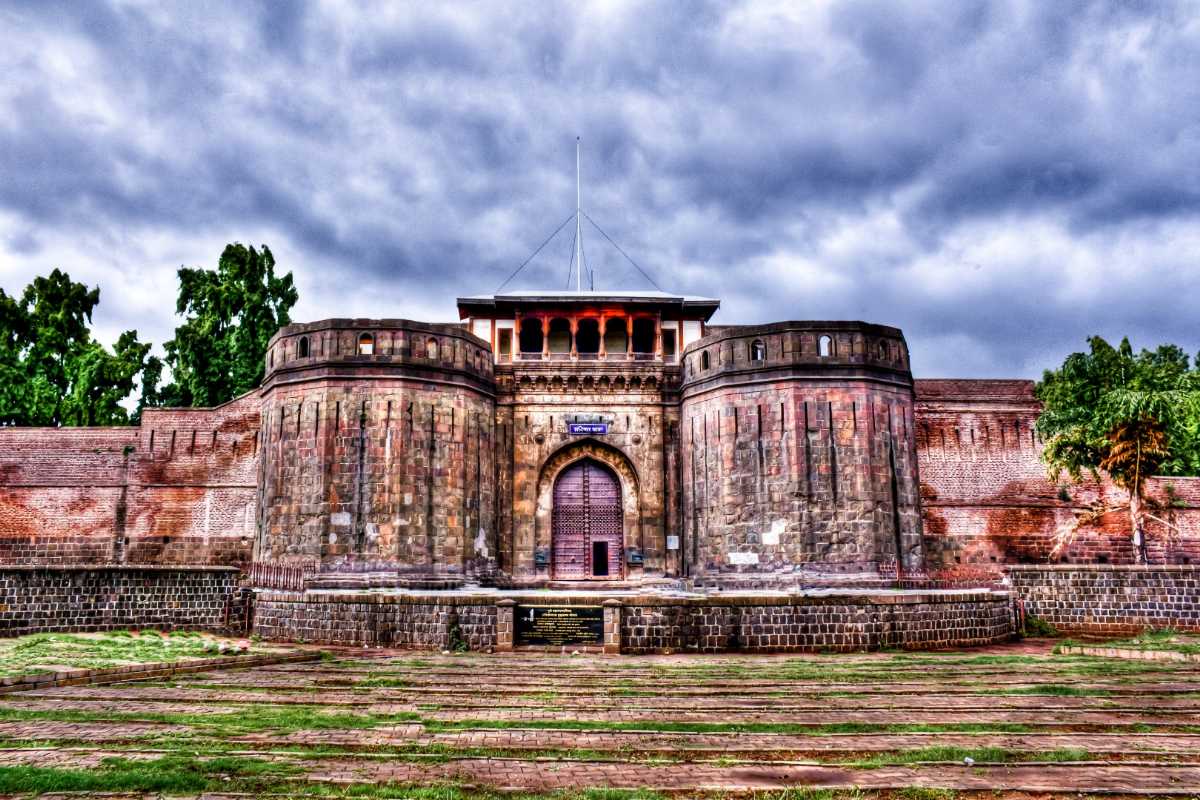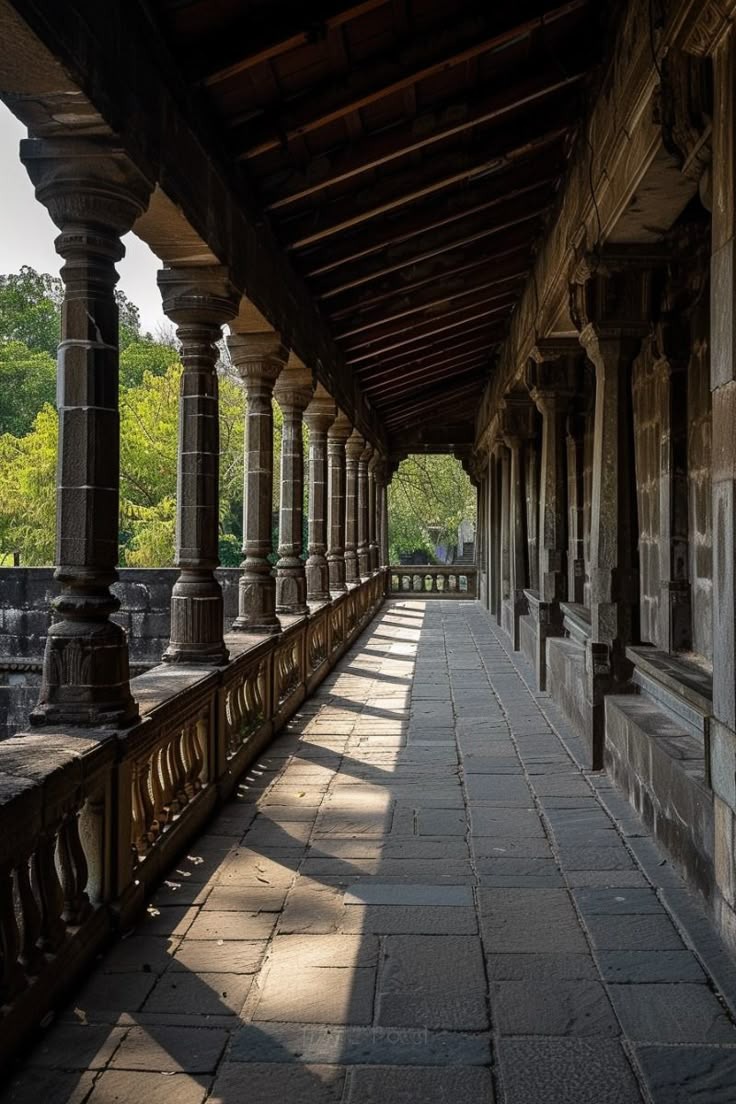Halloween Horror at Shaniwar Wada
Halloween Horror at Shaniwar Wada
While Halloween is largely a Western tradition, its core—remembering the dead, fearing the unknown, and embracing the eerie—is deeply embedded in Indian soil, too. And perhaps no Indian location captures that chilling spirit better than Shaniwar Wada Fort in Pune—the majestic fortress wrapped in blood-soaked history, betrayal, and horrifying hauntings.
In this blog, we explore the homegrown horror of Shaniwar Wada haunted stories—blending India’s supernatural legacy with Halloween’s global tradition of fear and folklore. You’ll discover shocking unknown facts, hidden legends, and the real-life terror that still grips this haunted monument.
 A Triumphant Beginning Ruined by Misfortune
A Triumphant Beginning Ruined by Misfortune
Shaniwar Wada history dates back to 1732, when Peshwa Baji Rao I constructed it as the Maratha Empire’s palace of power and pride. Built near the Mula-Mutha river, it was once a grand architectural wonder. The fort boasted teak structures, lotus-shaped fountains, Persian rugs, and halls filled with royal laughter. But soon, its beauty was overshadowed by betrayal, bloodshed, and a haunting legacy.
Unconfirmed Fact: The fort was named Shaniwar Wada because its foundation was laid on a Saturday (Shaniwar). Astrologers warned it was an unlucky day—and history proved them eerily right.
The Ghost of a Young Prince: Narayan Rao’s Grisly Murder
Halloween Horror at Shaniwar Wada
Perhaps the most tragic and terrifying Shaniwar Wada haunted story is that of Narayan Rao Peshwa, a 13-year-old prince brutally assassinated within the palace walls. In 1773, he became the fifth Peshwa but soon became a victim of palace conspiracies.
His uncle, Raghunath Rao, and aunt, Anandibai, allegedly plotted his death. A Marathi message, “Dharun Aala” (hold him), was changed to “Marun Aala” (kill him). The order led Gardi mercenaries to slaughter the young prince.
As Narayan Rao tried to escape, he screamed:
“Kaka mala vachva!” (Uncle, save me!)
But no help came. His body was hacked into pieces and thrown into the river.
The Blood-Soaked Haunting
Since then, Shaniwar Wada haunted tales have spread across Pune. Locals and tourists claim that every full moon night, the fort echoes with the boy’s cries:
-
A child’s scream: “Kaka mala vachva!”
-
Footsteps in empty corridors
-
Shadows darting between ruins
-
A chilling presence near Narayan Gate
Unconfirmed Fact: The ghost is said to cry louder on Pournima (full moon nights). Even guards have resigned after paranormal encounters.
The Mysterious Fire of 1828
 On February 27, 1828, a massive fire engulfed the fort for seven days. Its cause remains a mystery—some blame the British East India Company, others believe it was Narayan Rao’s spirit seeking vengeance.
On February 27, 1828, a massive fire engulfed the fort for seven days. Its cause remains a mystery—some blame the British East India Company, others believe it was Narayan Rao’s spirit seeking vengeance.
The fire destroyed almost all wooden structures but mysteriously spared the stone walls, leaving behind a haunted shell that still terrifies visitors.
Homegrown Halloween: India’s Own Festival of the Dead
While the West has Halloween, India has its own ghostly traditions that mirror Shaniwar Wada haunted legends:
-
Pitru Paksha – 16 days honoring ancestors with rituals and offerings.
-
Bhoot Chaturdashi (Bengal) – 14 diyas lit to ward off spirits.
-
Kali Puja – Worship of Goddess Kali, often linked with graveyards and spirits.
Thus, Shaniwar Wada stands as India’s very own Halloween fort—steeped in myth, memory, and mystery.
Modern Encounters: The Fort That Still Screams
Even today, Shaniwar Wada haunted experiences are reported:
-
Tourists have fainted after hearing whispers or feeling an icy touch.
-
Guards avoid patrolling alone, especially on full moon nights.
-
Locals claim to have seen glowing lights and captured dark silhouettes on camera.
Secrets and Structures: Hidden Passages, Lost Rooms
Though now in ruins, Shaniwar Wada Fort Pune hides chilling mysteries:
-
Underground Escape Tunnel – Said to connect Shaniwar Wada to Lal Mahal, 1.25 km away.
-
Lotus Fountain – Once beautiful, now dry and cracked, believed to be a hotspot of paranormal activity.
-
Nine Gateways – Originally nine massive entrances, now partially intact, with legends that some gates drive lone visitors insane.
Why Shaniwar Wada Belongs in Halloween Lore
If India celebrated Halloween in true spirit, Shaniwar Wada haunted fort would be its capital.
-
A murdered prince
-
A ghost that still screams for help
-
Fires, shadows, and unanswered mysteries
-
No justice for Narayan Rao—leaving his soul trapped in eternal anguish
Can the Spirit Ever Be Freed?
Some paranormal experts believe Narayan Rao never received proper shraadh rituals, keeping his soul bound to the fort. Rituals attempted inside have failed—priests report missing items, flames extinguishing, and sudden illness.
Final Thoughts
This Halloween, forget plastic skeletons. Think instead of a crying boy whose voice still echoes:
“Kaka mala vachva…”
Because the scariest ghosts don’t always live in horror stories—they live in history.
Have you been to Shaniwar Wada Fort? Would you dare visit on a full moon night?
Visitor Information
-
Shaniwar Wada opening time: 8:00 AM
-
Shaniwar Wada closing time: 6:30 PM
-
Pune to Shaniwar Wada distance: ~3 km from Pune Railway Station
-
Places near Shaniwar Wada: Lal Mahal, Dagdusheth Halwai Ganpati Temple, Raja Dinkar Kelkar Museum
Disclaimer
Shaniwar Wada Fort has many ghost stories linked to it. These are drawn from history and folklore. Paranormal claims are unproven. This blog is for cultural and historical exploration, not to spread superstition.



